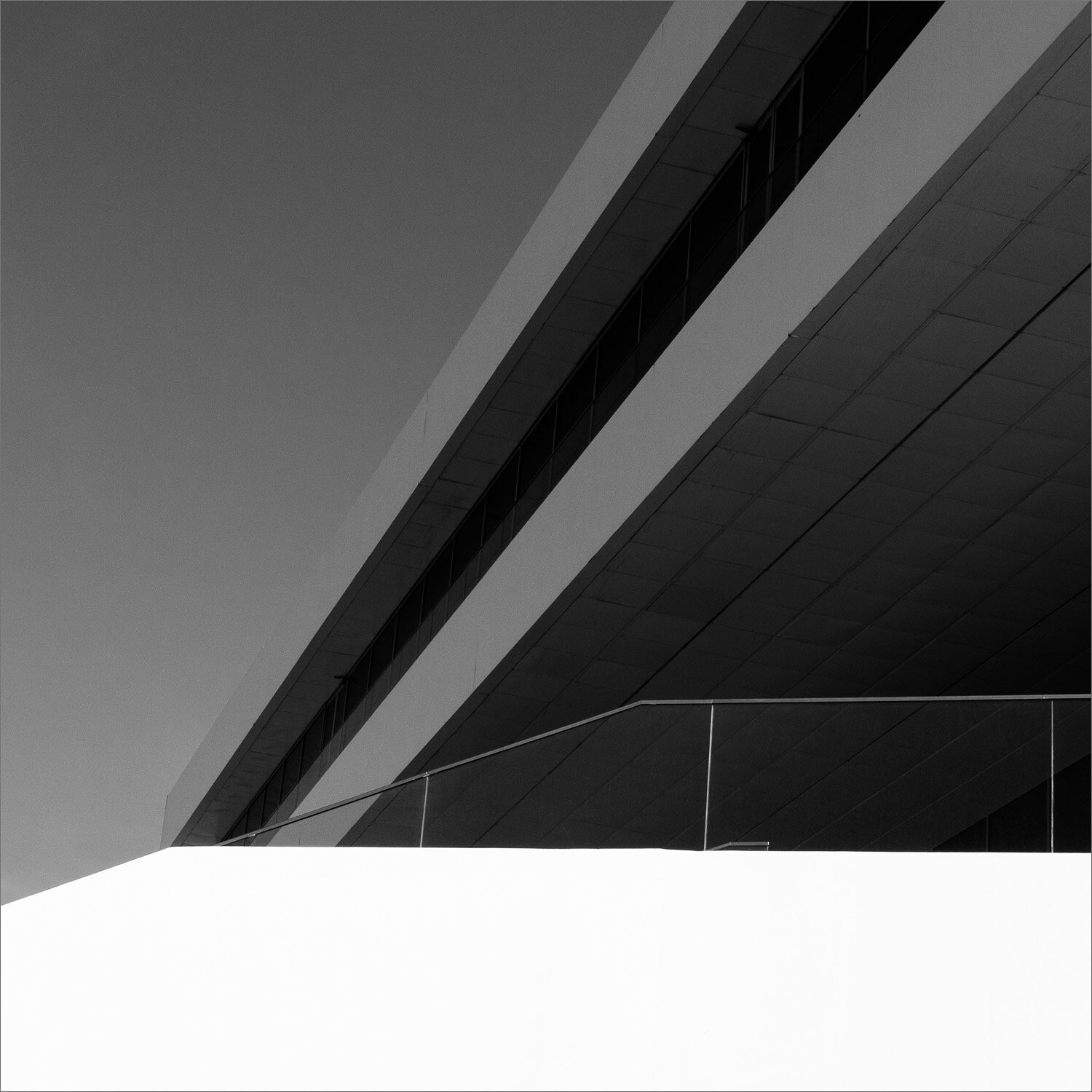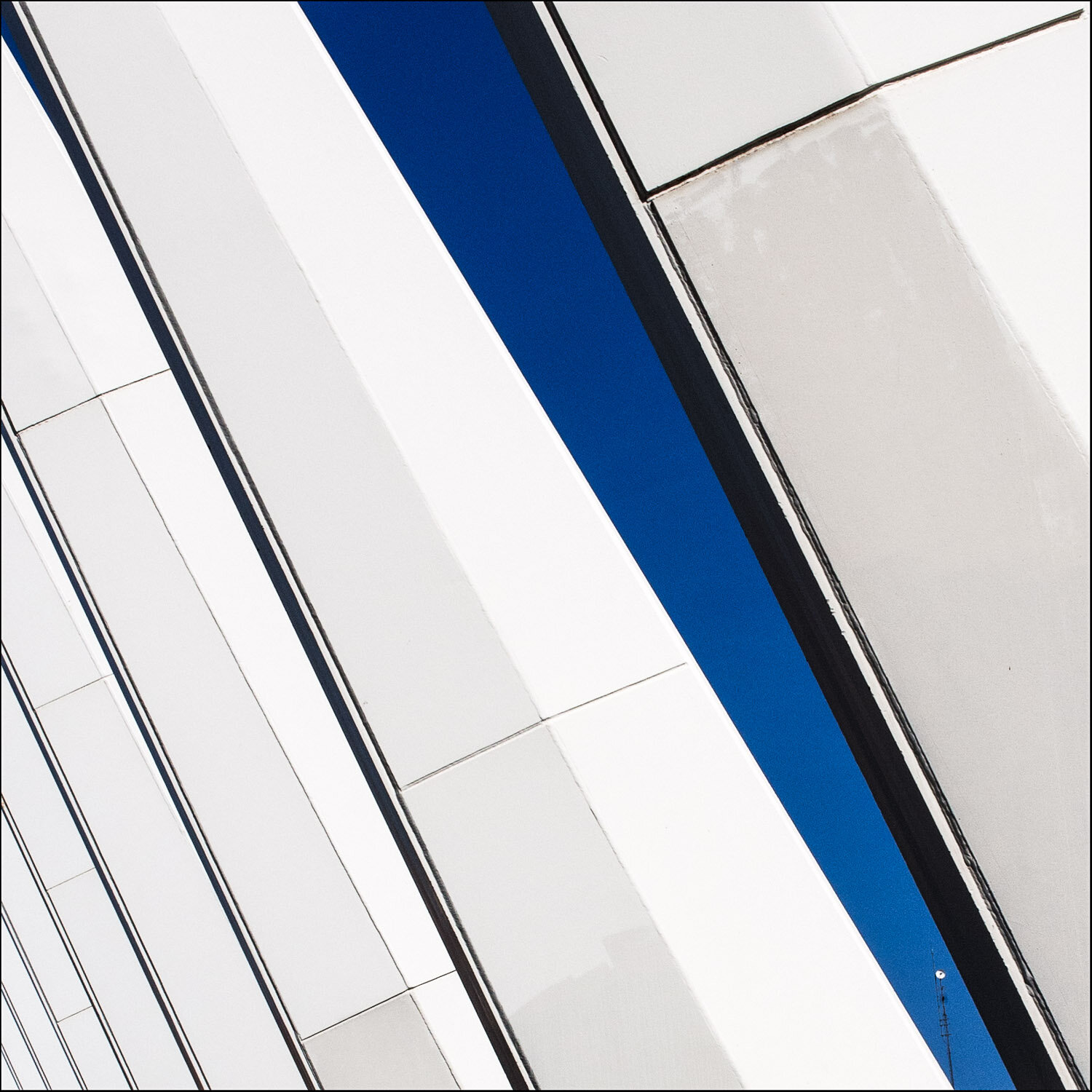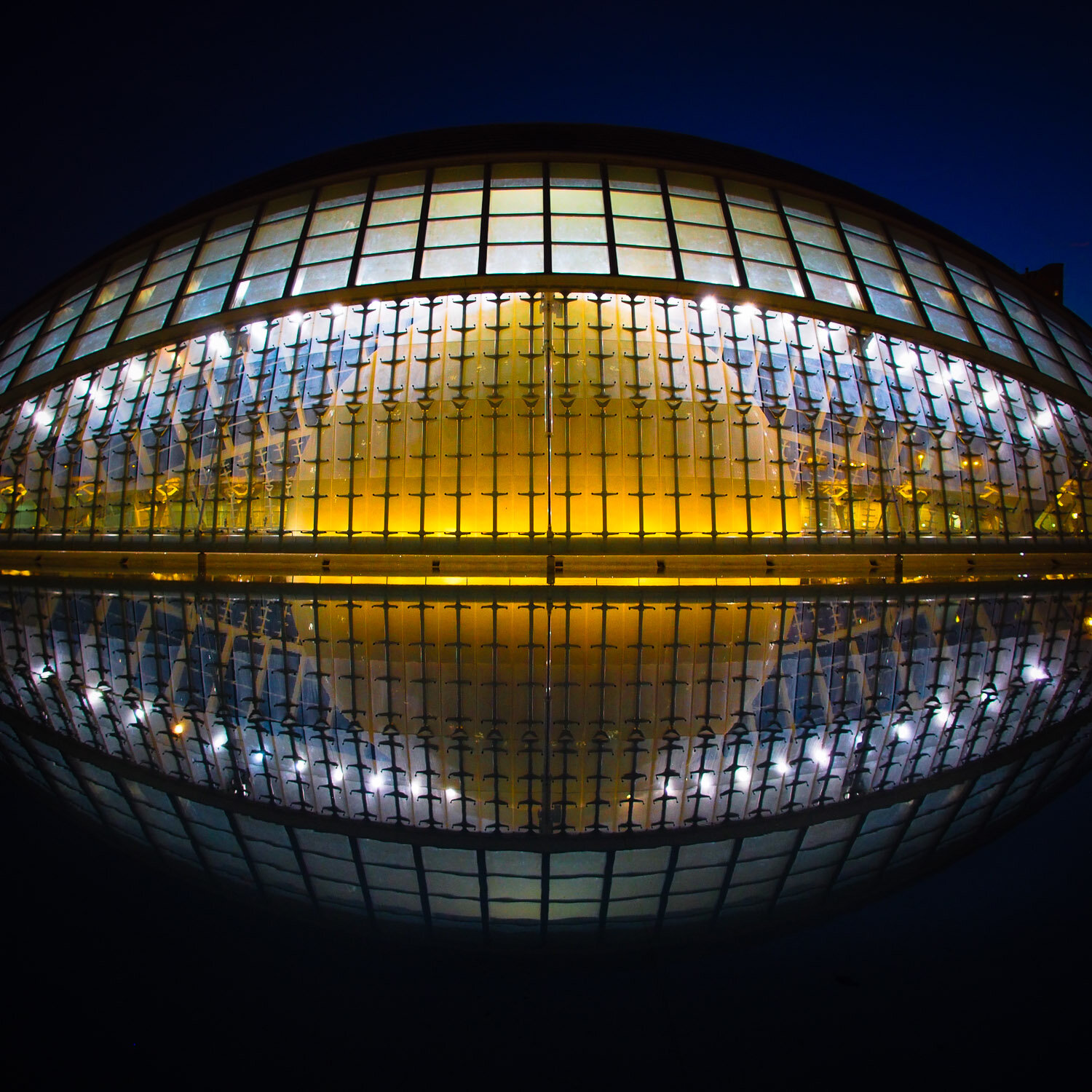Olly and the mothership
I first visited Valencia a couple of years ago and was blown away by the wonders of the city - a glorious combination of the old and the new, and a melting pot of cultures and histories. That first visit was a family holiday, based in the hills an hour or so drive south west of the city. Santiago Calatrava's piece de resistance, the City of Arts and Sciences, attracted me to Valencia then (there are some pictures from that visit on Flickr) and it's also what drew me back last year as part of my 50th birthday celebrations, travelling with JiBBR and this time staying in the beautiful Old City.
(The original visit was also my first opportunity to meet up with Toni Font, a great minimalist photographer who also writes a wonderful blog that goes by the intriguing title of 'I used to read books'. Tony was kind enough to come and meet with the whole JiBBR crew on the second visit and gave us a wonderful insider's tour of his magnificent city, revealing places we wouldn't have found for ourselves in a thousand years.)
When it comes to great modern architecture, Valencia is not a one-trick pony and there's lots more than 'just' Calatrava. IVAM, the modern arts museum, designed by Julio González and Spain's first institute of modern art, is a wonderful case in point.
And down in the harbour there's Veles e Vents, designed by David Copperfield and built as the centrepiece pavilion for the 2007 America's Cup.
But the main part of our visit was to see the City of Arts and Sciences. Our route saw us wander down the Turia river basin (drained after a devastating flood in 1957), taking in several sights along the way, including a Calatrava taster - the Alameda Bridge and Metro Station. The curves of the roof within the ticket hall were lit to perfection, creating rhythmic, multi-coloured waves.
A few steps on and we arrived at the City of Arts and Sciences complex, also known as CAC. Fans of Calatrava will see all aspects of his work congregated here in one place, on a site covering a massive 350,000 square meters, encompassing several buildings and a bridge, and which took almost ten years to construct. (I should add that one of the buildings - the underwater city, L’Oceanografic - was designed not by Calatrava but by the late Felix Candela). Just as Valencia is Calatrava's birthplace, it's as though CAC was where all his different design elements were born before being spun out, one by one, to his other structures around the world. To my mind, it's a sort of Calatrava mothership.
As footnote, the Olly in the title of this blog refers to the Olympus OMD-EM5, the camera I took with me for its first outing. It's quite a camera - the pictures here have had very little post-processing done to them and are JPEGs, not RAW - and it weighs nothing compared to my usual DSLR set up. The Canon plus the two zooms I use weighs in at just over 3kg - a back-breaking weight when you're stomping the streets for eight hours or more. The Olympus on the other hand - along with four prime lenses - came in at just a fraction over a kilo. My heart is still with the Canon but my back pleads with me to love Olly a little bit more :-)













